Ketoral Cream
Ketoral Cream is a highly effective medication for treating a variety of fungal infections of the skin. It works by interfering with the biosynthesis of triglycerides and phospholipids in susceptible fungi, thereby altering cell membrane permeability and preventing growth and spread of the fungus throughout the body. Although Ketoral Cream is generally well-tolerated, it may cause some side effects such as itching, burning, or irritation. If you experience any side effects while using Ketoral Cream, it is important to speak with your doctor immediately. With proper usage and dosage, Ketoral Cream can effectively treat a wide range of fungal skin infections.
| Manufacturer | |
|---|---|
| Origin | |
| Generic Name (Ingredient) | Ketoral Skin Cream Contains 20 Mg Of Ketoconazole Per Gram. |
Assuming your emergency circumstances for this product, visit Urgent Quotation page. Besides, for any pharmaceutical questions, please ask us in the comments section.
Description
Usage
Ketoral Cream is primarily used to treat fungal infections of the skin, such as Eczema, athlete’s foot, jock itch, ringworm, and seborrhea (dry, flaking skin). It is also an effective treatment for skin infections like athlete’s foot, jock itch, ringworm, and certain types of dandruff. Additionally, this medication is used to treat pityriasis (tinea versicolor), a fungal infection that can cause lightening or darkening of the skin on the neck, chest, arms, or legs.
How to use
Before using Ketoral Cream, make sure to clean and thoroughly dry the affected area. Apply the medication to the affected skin once or twice a day, or as directed by your doctor. The dosage and length of treatment will depend on the type of infection being treated. Do not apply the cream more often than prescribed, as this will not clear your condition faster and may increase side effects. Be sure to apply enough medication to cover the affected skin and some of the surrounding skin. After applying the cream, wash your hands thoroughly. Do not wrap, cover, or bandage the area unless directed to do so by your doctor. Avoid applying the medication in the eyes, nose, mouth, or vagina.
How it Works
Ketoral Cream works by interfering with the biosynthesis of triglycerides and phopholipids. It does this by blocking fungal CYP450, which alters cell membrane permeability in susceptible fungi. Additionally, it inhibits other fungal enzymes, leading to the accumulation of toxic concentrations of hydrogen peroxide. Like other azole antifungals, Ketoral is a fungistatic agent that causes growth arrest in fungal cells, preventing the growth and spread of the fungus throughout the body.
Side Effects
While Ketoral Cream is generally well-tolerated, like all medications, it may cause some side effects. Some of the less common side effects of the cream, foam, or gel include itching, stinging, burning, or irritation that was not present before use of this medicine. Rare side effects for cream, foam, or gel include acne, bleeding from sore in the mouth, blistering, crusting, irritation, itching, or reddening of the skin, burning, crawling, itching, numbness, prickling, or tingling feelings.
If you experience any side effects while using Ketoral Cream, it is important to speak with your doctor immediately. They can help you determine whether the side effects are severe enough to require medical attention or if they are simply a minor inconvenience. In any case, it is always better to err on the side of caution and seek medical advice if you are experiencing any discomfort or unwanted effects from a medication.
Conclusion
Ketoral Cream is an effective antifungal medication that provides relief from a variety of skin infections. By understanding how it works and using it as directed, you can effectively manage your fungal infection and get back to feeling comfortable in your own skin.
Use the form below to report an error
Please answer the questions as thoroughly and accurately as possible. Your answers will help us better understand what kind of mistakes happen, why and where they happen, and in the end the purpose is to build a better archive to guide researchers and professionals around the world.
The information on this page is not intended to be a substitute for professional medical advice, diagnosis, or treatment. always seek the advice for your physician or another qualified health provider with any questions you may have regarding a medical condition. Always remember to
- Ask your own doctor for medical advice.
- Names, brands, and dosage may differ between countries.
- When not feeling well, or experiencing side effects always contact your own doctor.
Cyberchondria
The truth is that when we’re sick, or worried about getting sick, the internet won’t help.
According to Wikipedia, cyberchondria is a mental disorder consisting in the desire to independently make a diagnosis based on the symptoms of diseases described on Internet sites.
Why you can't look for symptoms on the Internet
If diagnoses could be made simply from a textbook or an article on a website, we would all be doctors and treat ourselves. Nothing can replace the experience and knowledge of specially trained people. As in any field, in medicine there are unscrupulous specialists, differences of opinion, inaccurate diagnoses and incorrect test results.

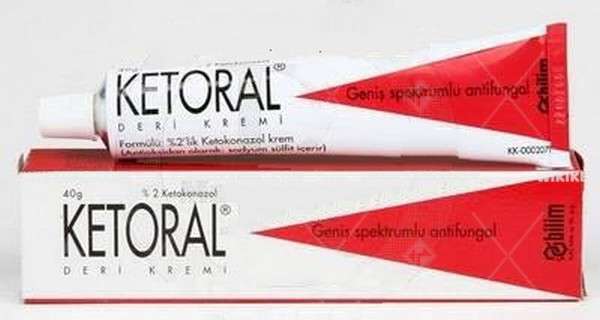

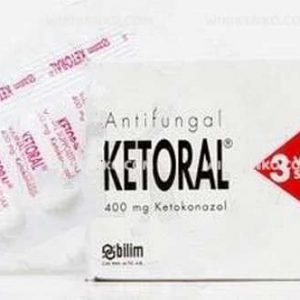
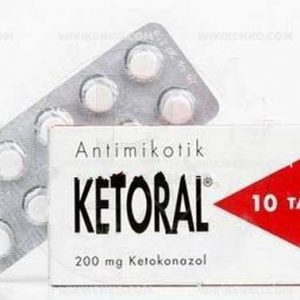
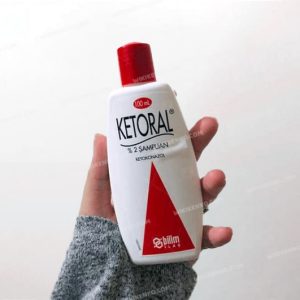
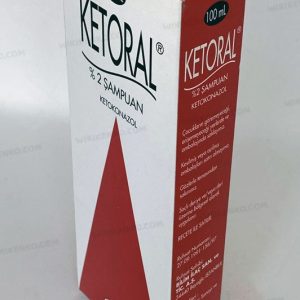
Reviews
There are no reviews yet.